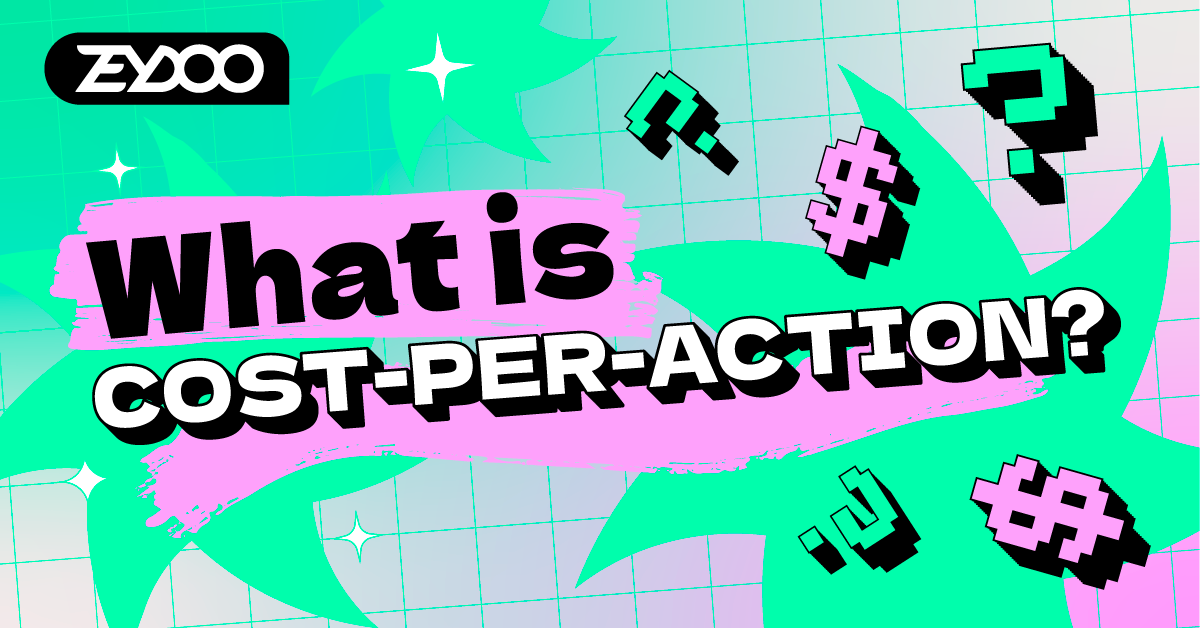Cost per action marketing, commonly referred to as CPA marketing, is a popular online advertising model where advertisers pay for a specific action taken by a user. This action could be anything from making a purchase, signing up for a newsletter, filling out a form, or downloading an app. Unlike traditional advertising models that charge for clicks or impressions, cost per action marketing ensures that advertisers only pay when the desired action is completed, making it a highly efficient and performance-based strategy.
One of the main advantages of cost per action marketing is its ability to provide a clear return on investment (ROI). Since advertisers are only charged when a user completes a specific action, they can directly measure the effectiveness of their campaigns. This contrasts with other models, such as cost per click (CPC) or cost per mille (CPM), where advertisers might spend significant amounts without seeing any tangible results.
To get started with cost per action marketing, it's essential to understand the various components involved. First, advertisers need to identify the desired action they want users to take. This could range from making a purchase to downloading an ebook. The clearer and more achievable the action, the more likely the campaign will succeed.
Once the action is defined, the next step is to select a suitable platform to run cost per action ads. Many affiliate networks specialize in CPA marketing, offering a wide range of options for both advertisers and publishers. Some of the well-known CPA networks include MaxBounty, PeerFly, and ClickDealer. These platforms connect advertisers with publishers who have the means to drive the required actions.
Creating compelling cost per action ads is crucial for the success of a CPA campaign. The ads should be designed to capture the attention of the target audience and encourage them to take the desired action. This involves crafting a strong call-to-action (CTA), using appealing visuals, and ensuring the ad copy is clear and concise. A well-designed landing page is also essential, as it serves as the final step where users complete the action. The landing page should be optimized for conversions, with a straightforward layout and minimal distractions.
One of the critical factors in cost per action marketing is targeting the right audience. Using data and analytics, advertisers can identify the demographics, interests, and behaviors of users most likely to complete the desired action. Platforms like Facebook Ads and Google Ads offer advanced targeting options that allow advertisers to reach their ideal audience effectively. Additionally, retargeting can be used to re-engage users who have previously interacted with the ad but did not complete the action.
Measuring and analyzing the performance of cost per action ads is essential for ongoing optimization. Key metrics to monitor include the conversion rate, cost per action, and overall ROI. By analyzing these metrics, advertisers can identify what is working and what needs improvement. A/B testing different ad variations and landing pages can also help refine the campaign for better results.
In conclusion, cost per action marketing is a highly effective advertising model that ensures advertisers pay only for actual results. By focusing on specific actions, CPA marketing provides a clear and measurable ROI, making it an attractive option for businesses looking to optimize their marketing spend. Understanding the components of a successful CPA campaign, from defining the action to creating compelling ads and targeting the right audience, is essential for achieving the desired outcomes. With the right strategy and continuous optimization, cost per action marketing can drive significant growth and success for businesses.
